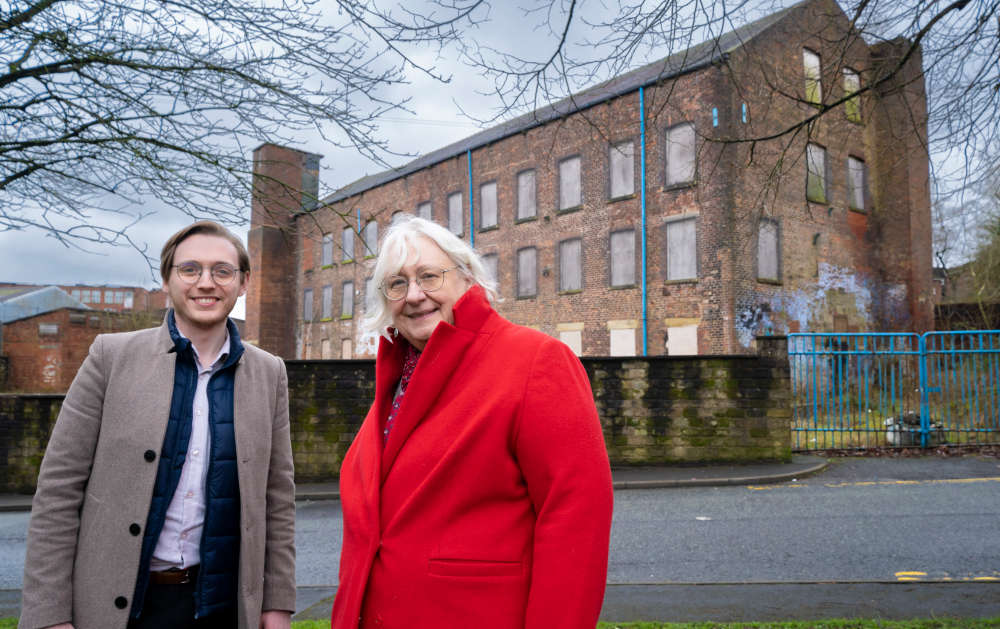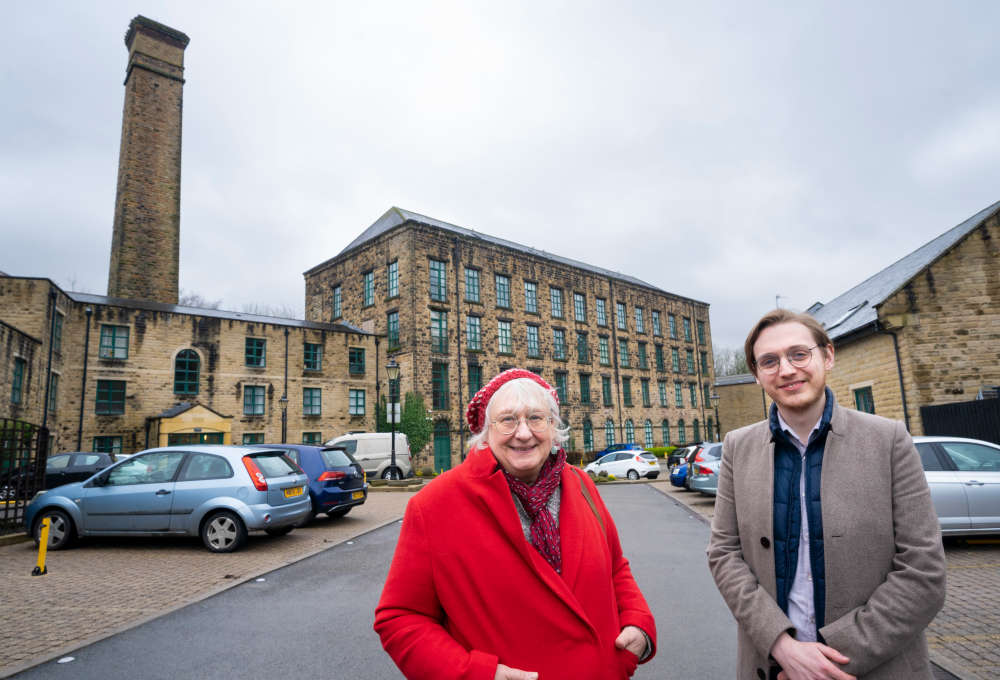
Oldham Council has said that it can reduce green belt development by delivering 800 homes on brownfield sites.
Oldham Council has published its Mills Strategy document, setting out how these historic buildings can play an important part in the borough's future.
The study, one of the first of its kind in the country, was commissioned by Oldham Council and Historic England to explore mills potential for future use.
Councillor Hannah Roberts, Cabinet Member for Housing and Planning, said: “The Mills Strategy underlines our commitment to brownfield first development – by redeveloping or converting these sites we have been able to safeguard our green belt from unnecessary development.
“It has been highlighted as an exemplar of the way we should be taking things forward and looking at the contribution mills can make to the future of Greater Manchester, including providing much-needed new homes and employment space.
“Mills represent a significant part of our heritage, they are the reason why Oldham is here as a place.
“But equally hardly any are used for their original purpose. While many do provide employment opportunities, mainly for Oldham people, and some have been repurposed for homes, the Mills Strategy takes a really considered look at all of the mills across the borough to explore how they can play an integral part in our future needs.”
The Oldham Mills Strategy identifies mills across the borough and assesses how important each one is to Oldham's heritage and landscape.
It also establishes how they could be repurposed, such as conversion into new homes, for employment or other uses – minimising the borough's carbon footprint by reusing previously developed sites.

Cllr Hannah Roberts with Antony Lowe, Historic Places Adviser (North) at Historic England at Alexandra Mill in Uppermill - a former mill which is now converted into homes
Any mill sites that could accommodate new homes are now part of Oldham's Strategic Housing Land Availability Assessment - a technical document which identifies land that might have potential for housing at some stage in the future.
The Mills Strategy has also become part of the council's planning process, so that if these buildings are ever part of a planning application, there is already a guide as to whether change is acceptable or not.
Catherine Dewar, North-West Regional Director at Historic England, said: “I’m thrilled that Oldham Council is committed to celebrating and conserving their famous mills, and it’s telling that other local authorities are already sitting up and taking notice of this trailblazing effort.
"By publishing this strategy, the Council recognises the pride their communities have in these amazing survivors from the days when Oldham led the world’s textile industry. The opportunity to use this special legacy to provide sustainable new homes and workspaces is so exciting and Historic England can’t wait to work with the Council and local people to help to make this happen.”
The Oldham Mills Strategy identifies 64 mills across Oldham including seven mill ‘clusters’ - these are groups of mills which provide a unique character to the local landscape and give Oldham “an exceptionally strong sense of place and local distinctiveness.”
Heritage and planning experts have appraised each mill and mill cluster using a range of criteria, including architectural characteristics, condition, accessibility and current use.
Each site has then been categorised high, medium and low priority.
Cllr Roberts added: “Without a sustainable use, mills fall into disrepair, often becoming blights on local communities and hot spots for anti-social behaviour and fly tipping.
“The strategy will support the council in tackling this problem, strengthening our case to get owners to act when a mill falls into disrepair. It also identifies a number of funding streams that could support viable regeneration of these sites.
“Oldham was once the cotton spinning capital of the world and the legacy of this still dominates our skyline.
“The Oldham Mills Strategy is a powerful tool in making sure the buildings of our past become assets for our future.”
To read the Oldham Mills Strategy in full, visit www.oldham.gov.uk/millsstrategy


 Student making headlines with new shoe brand
Student making headlines with new shoe brand
 Think! Fatal 4 Offences
Think! Fatal 4 Offences
 Don’t Be Puzzled by Dogs Wearing Muzzles
Don’t Be Puzzled by Dogs Wearing Muzzles
 Millions seized from criminals to help communities tackle crime
Millions seized from criminals to help communities tackle crime

